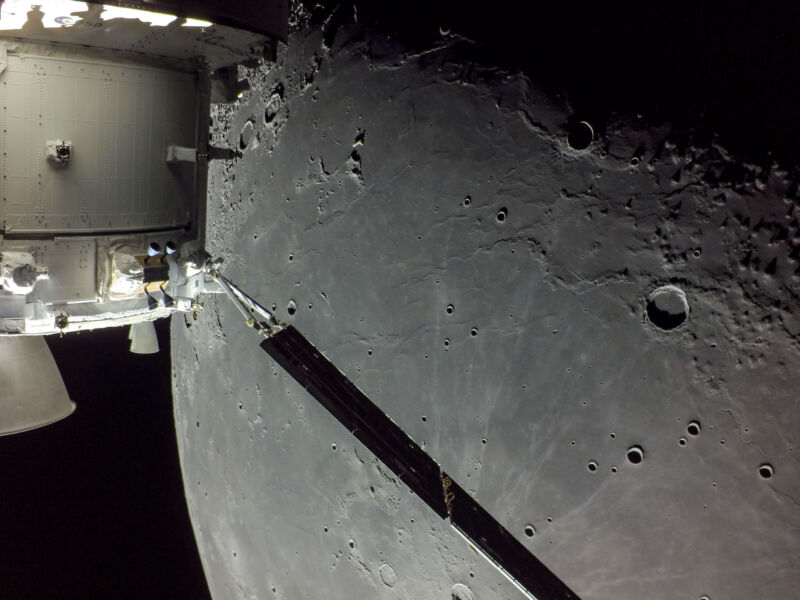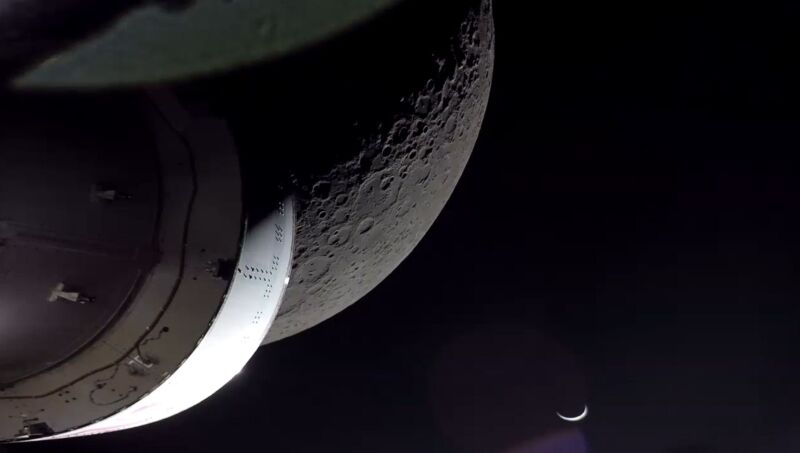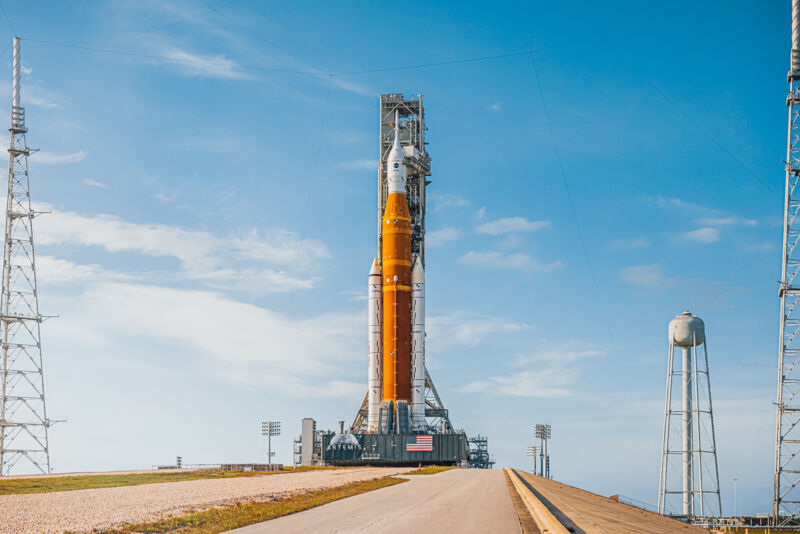
Enlarge
/
Orion flew by the Moon on Monday as it prepared to return to Earth. (credit: NASA)
NASA's Artemis I mission is nearly complete, and so far Orion's daring flight far beyond the Moon has gone about as well as the space agency could hope. However, to get a passing grade, the mission must still ace its final test.
This final exam will come on Sunday, when the spacecraft starts to enter Earth's atmosphere at 12:20 pm ET (17:20 UTC). During the course of the next 20 minutes, before Orion splashes down in the Pacific Ocean off of Mexico's Baja Peninsula, it will need to slow down from a velocity of Mach 32 to, essentially, zero before dropping into the water.
This is no small feat. Orion has a mass of 9 metric tons, about the same as two or three large elephants. Its base, covered with a heat shield designed to slowly char away during passage through Earth's atmosphere, must withstand temperatures near 3,000 degrees Celsius.
 chevron_right
chevron_right










